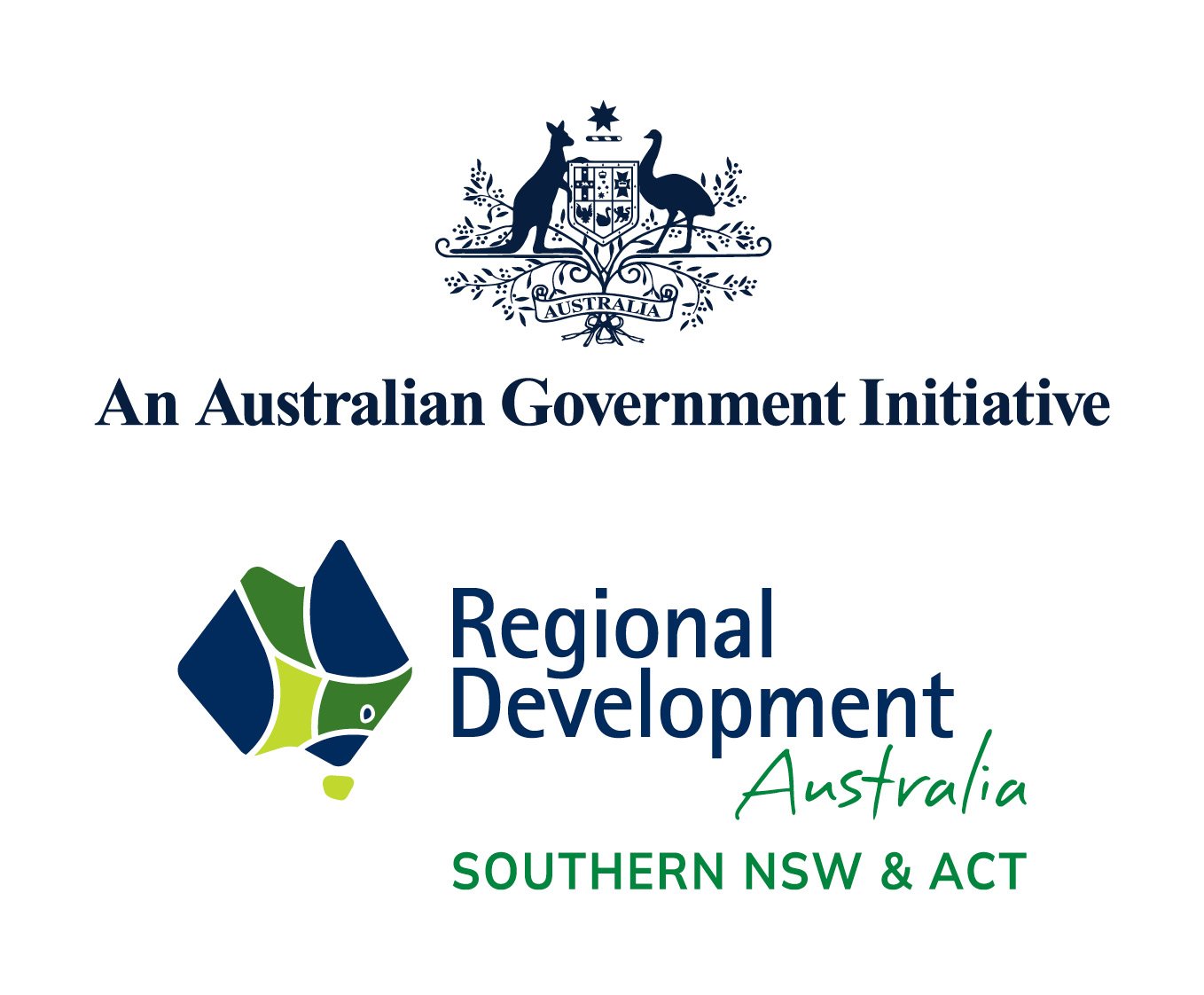Preparing for the end of JobKeeker
1. EVALUATE YOUR BUSINESS MODEL
The COVID-19 crisis has forced businesses of all shapes and sizes to become more creative about the way they do things. Restaurants have pivoted to takeaway, fitness studios have launched online classes and telehealth technology has taken off. Now is the time to evaluate your pandemic practices and decide whether they should become permanent.
“Every industry has developed a unique way to survive the disruption of COVID-19,” Hood says. “The questions you need to ask yourself are whether you should make that part of your business model, and what will your peers do? Will everyone keep doing these things or revert back to the old ways?”
Things to consider could include reducing your real estate footprint by allowing employees to work from home permanently and increasing your number of suppliers to reduce the risk of your supply chain being disrupted.
Understanding your new industry norm and structuring your operations accordingly can help you keep up and compete as the economy recovers.
“You should aim to be at the forefront of your industry, not a reactive player,” Hood says. “Businesses which act first tend to perform the best and weather storms more easily. If you wait for everybody else, you’ll be playing second fiddle.”
2. INCREASE YOUR FLEXIBILITY
Being locked into long-term arrangements can make it tricky to pivot or modify your operations when circumstances change. Ensuring any commitments you make are as flexible as possible could help you roll with whatever punches the pandemic delivers post-JobKeeper.
In practice, that could mean renewing the lease on your premises on a month-to-month basis instead of signing up for a fixed term, or hiring any additional help you need casually or on contract.
“You should aim to get yourself in a position where you’re able to continue with business as usual, grow aggressively if you can, but maintain ‘exit clauses’ on the big outlays,” Hood says. “That can allow you to scale back really quickly, if you need to.”
3. REVIEW YOUR FINANCING ARRANGEMENTS
Insufficient capital and cash flow can quickly derail small businesses when they hit a slow patch. Being able to access the finance you need to carry on and take advantage of new opportunities may mean the difference between sinking and swimming in the uncertain months to come.
If trade has been picking up of late, you could be well placed to secure additional credit, or to refinance your existing arrangements. “It may be wise to get on the front foot and secure as much access to cash as you possibly can,” Hood says. “You don’t necessarily have to use it but you know it’s there if you need it.”
Approval is more likely to be forthcoming if your accounts are up to date. Institutions may be reluctant to lend on 2019 figures and being able to show the impact COVID-19 has had on your business may help an application get over the line.
“The banks are giving extremely good rates at the moment and it could be possible to increase your loan facility by an extra $50,000 or $100,000,” Hood says.
4. KEEP COSTS DOWN
Many businesses went on a cost-cutting mission back in March 2020 when shutdown measures were announced. Continuing to run as lean as possible will put you in a stronger financial position now the scheme has ended.
“The biggest risk to businesses is what happens next and no-one knows what that will be,” Hood points out. “We’re encouraging people to keep as much cash as possible aside, so they have a bit of a war chest to help them weather a potential second wave.”
5. TALK TO YOUR TRUSTED ADVISERS
These days, things can change quickly and government announcements could have a significant impact on your strategy and direction. That’s why it makes sense to stay in close touch with your trusted advisers such as your accountant, financial planner and lawyer.
“As events unfold, business owners need to question what they’re doing and how events might play out,” Hood says. “Bouncing your plans off one or two different advisers can help you make sure you’ve thought of everything and are making good decisions for your business.”
Now JobKeeper has ended, businesses will likely be back to fending for themselves in what’s expected to be a challenging economic environment. Strengthening your position now will give you a better chance of surviving and thriving when that time comes.
The article first appeared via https://www.businessaustralia.com/how-we-help/be-a-better-employer/getting-legal-advice/employer-guide-to-coronavirus/preparing-for-the-end-of-jobkeeper
March 22nd, 2021
